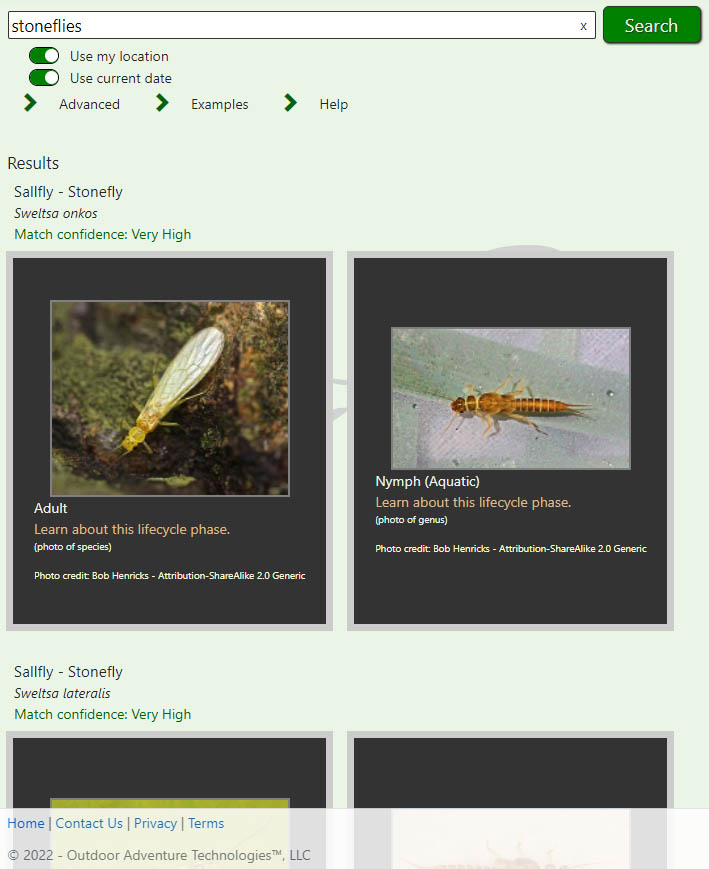The Stonefly, Order Plecoptera.
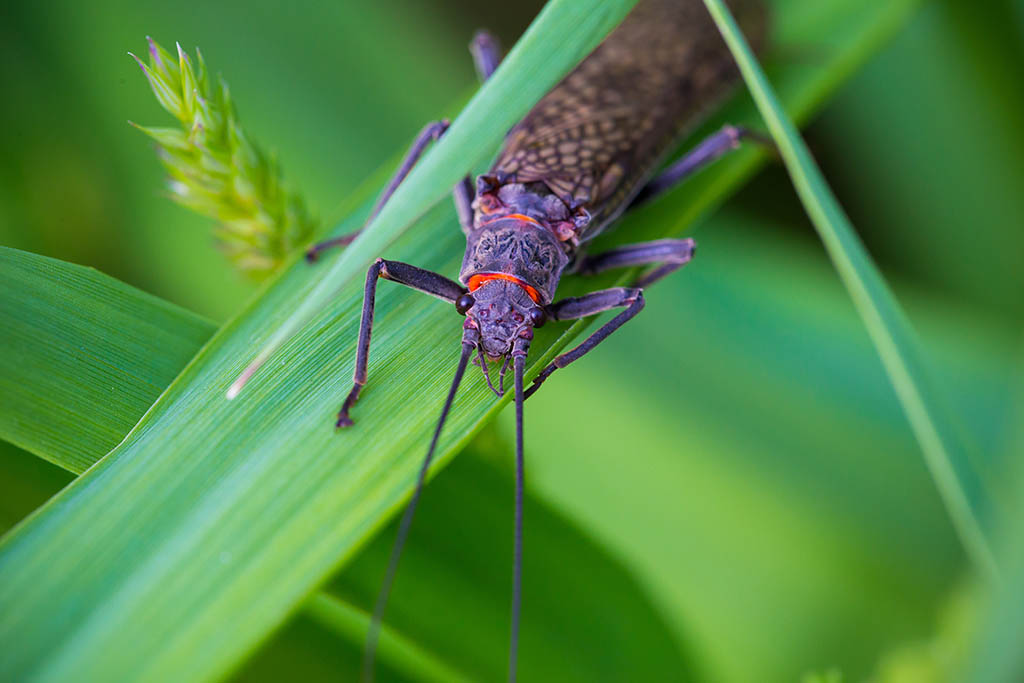
Stoneflies are an ancient order of insects. The appearance of adults is characterized by wings that are held flat to the body and are often veined in appearance, very prominent antennae, and two short tails. Stonefly nymphs have a unique appearance as their thoraxes are divided into three distinct segments that are covered by plates that have the appearance of armor. Stoneflies go through incomplete metamorphosis, with their life cycle consisting of egg, nymph and adult phases. Stoneflies are intolerant of pollution and their presence is an indicator of very good or excellent water quality.
Mature stoneflies vary in size from small at around eight (8) millimeters or a third-of-an-inch, to quite large at nearly three (3) inches or seventy-five (75) millimeters. Like mayflies and caddisflies, most of a stonefly's life is spent underwater as a nymph. Unlike mayflies and caddisflies, however, stonefly nymphs are voracious predators, preying on other aquatic insect larvae and nymphs.
When they are ready to hatch, stonefly nymphs begin to migrate towards the shoreline where they crawl out and hatch on streamside rocks and vegetation. You will often see the exuvia, or nymphal shucks that they have molted from, on rocks near the water's edge. In their adult form, stoneflies generally live a few weeks during which time they mate and the females lay eggs by depositing them in the water. Stoneflies are rather clumsy fliers and generally do not venture far from the shoreline. Adults often fall to the water as they fly around and hungry trout stay on the lookout near the river bank. Most stoneflies are very active while on the surface of the water and stonefly adults, much like caddisflies, should be fished very actively.
Fishing stonefly nymphs.
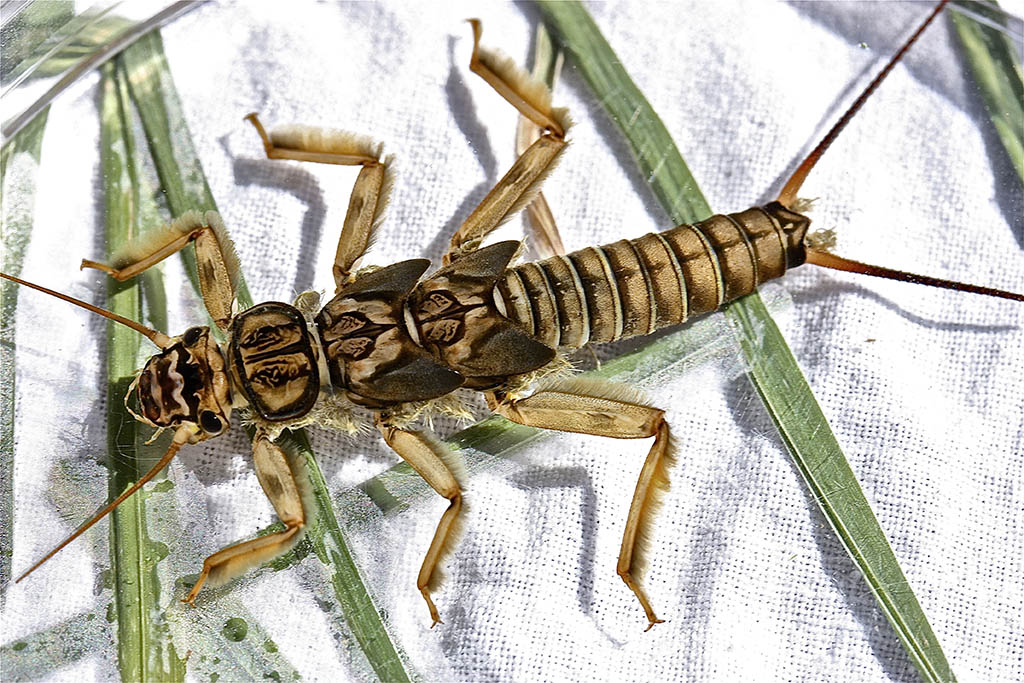
Photo credit: Bob Henricks - Attribution-ShareAlike 2.0 Generic
Stonefly nymphs become available to trout as a food source when they lose their grip on the bottom and are swept into the current. The likelihood of this occurring is increased as stream flows intensify, and occurs frequently when a particular species of stonefly is migrating towards the shoreline to hatch. They do not swim, so they simply tumble downstream attempting to get a hold on the bottom.
Effective nymphing techniques include indicator nymphing, drop-shot rigging, as well as fishing without an indicator using a long, sensitive fly rod and specialized leaders to detect subtle strikes i.e. 'tight-line nymphing' or Euro-nymphing. The typically large, weighted stonefly patterns make excellent point flies when fishing tandem nymph rigs in the 'big/little' configuration. The selection of a particular stonefly pattern size and color combination should match whatever species are currently active in the stream you are fishing. There are multiple species of small, black and brown stoneflies that hatch all Winter into early Spring, and a myriad of larger stoneflies that hatch throughout the rest of the year.
Fishing adult stoneflies.
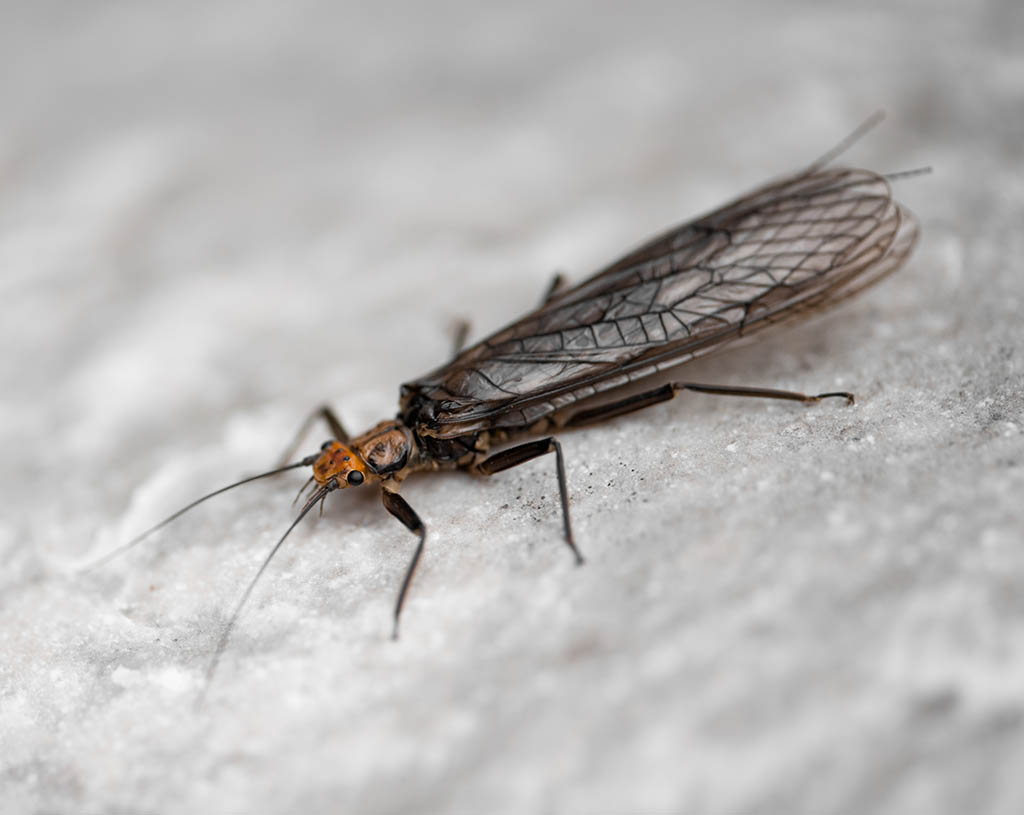
Adult stoneflies are poor fliers and tend to stick around near the water's edge. Their adult lives are generally two to three weeks long and during this time they search for mates and the females lay eggs. During this search, as they fly back and forth from streamside vegetation, they sometimes clumsily fall to the water's surface and make a ruckus as they get re-oriented so they can fly away. In addition, after mating the females return to the surface of the stream to deposit their eggs. The trout know this and are keyed in on both of these behaviors. You'll know that fish are feeding on adult stoneflies when you see the occasional flier and aggressive, splashy rises near the bank.
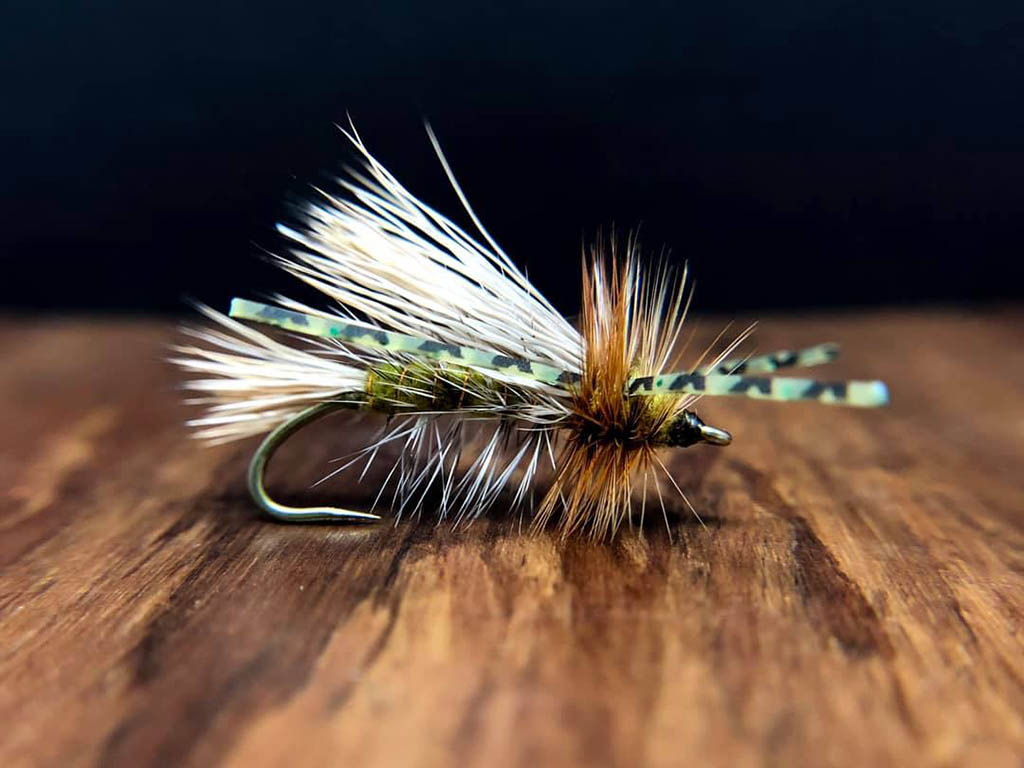
Adult stonefly patterns should be fished very actively. Adults generally do not fall gently to the surface like a mayfly, they tend to hit the water fairly hard, announcing their presence to nearby fish. Let your fly land hard on the water and give it twitches and skitters like a struggling insect. Since stoneflies mostly stay around the shoreline, it is often most effective to cast stoneflies up next to the bank to imitate bugs that have accidentally fallen to the surface. Female stoneflies lay their eggs in slow moving water to give their eggs a chance to sink to the bottom. For this reason, fishing stonefly adults in eddies, slow water next to rock walls, and slow spots next to the bank can be very effective.
Try searching Hatchpedia using the single keyword 'stoneflies' with the 'Use my location' and 'Use current date' options selected to see a photographic list of all the stoneflies that are known to hatch in your area this time of year.
When you register for a free 7-day trial you get full access to the Hatchpedia website as well as all of the features in the iPhone and Android apps. Our mobile apps work with no internet access or cell service so you will be able to figure out what's hatching when it matters: while you're waist deep in a backcountry lake way out of cell range.
Tossing big bugs to big fish.
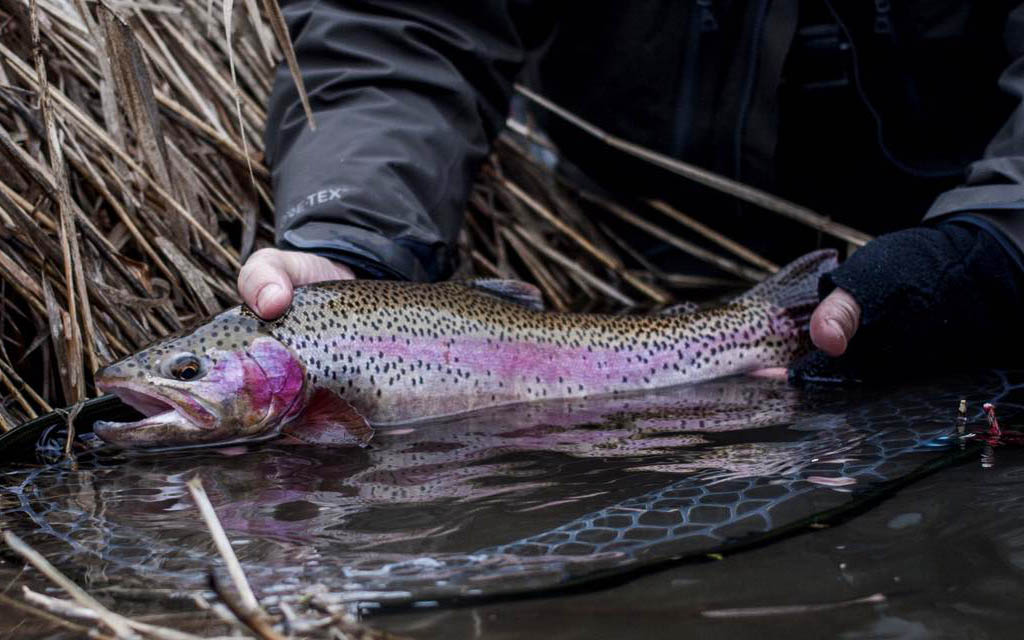
Stoneflies are a large, high-protein meal and even big fish that have become experts at feeding with minimal energy expenditure will move long distances for them. The erratic behavior of stoneflies and their size provides anglers with a welcome break from fishing small, delicate patterns that are hard to see. Slapping a stonefly adult down hard next to the bank and getting an explosive strike from that big trout that's been waiting in the shadows is hard to beat.
Learn more about mayflies and caddisflies.
If you'd like to easily identify the insects that you encounter on the water, register for a free 7-day trial.
Your web subscription gives you full access to the iOS and Android apps, as well as this website for account management.
You'll be able to use the app with no cell service or internet for two weeks so you're completely covered. Deep in the backcountry Hatchpedia will continue to help you identify insects when it matters - while you're on the water.
